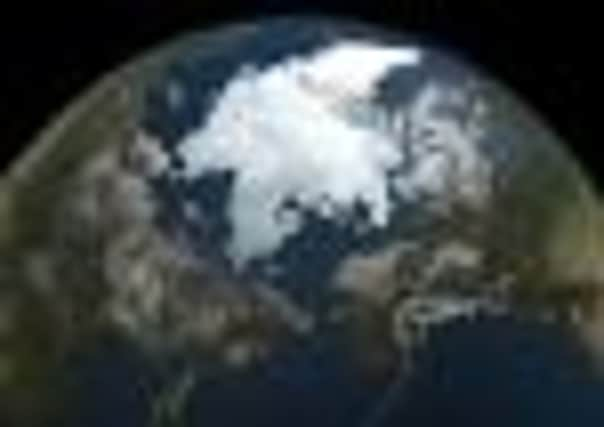‘The climate is changing before our eyes’ as heat soars in 2012


The years 2001 to 2011 were all among the warmest on record, and this year looks set to be no exception, despite a La Niña weather pattern which has a cooling effect on temperatures, the World Meteorological Organisation (WMO) said.
This year is on track to be the ninth warmest in records dating back to 1850, with global temperatures about 0.45C (0.81F) above the long-term average, based on figures up to October.
Advertisement
Hide AdAdvertisement
Hide AdIn the UK, one of the hottest, driest Marchs on record gave way to the wettest summer in a century, which caused floods across the country.
After the La Niña weather pattern in the Pacific ended, global land and ocean temperatures rose increasingly above the long-term average, and the six months of May to October were among the four warmest such periods on record, the WMO said.
The UN organisation’s secretary-general, Michel Jarraud, said climate change was “taking place before our eyes” and would continue to do so as a result of rising greenhouse gas emissions, which have reached record levels this year.
He said naturally occurring climate variations, due to phenomena such as La Niña, and the El Niño weather pattern which raises temperatures, affected temperatures and rainfall on a seasonal and annual basis.
But he said: “They do not alter the underlying long-term trend of rising temperatures due to climate change as a result of human activities.”
He added: “The extent of Arctic sea ice reached a new record low. The alarming rate of its melt this year highlighted the far-reaching changes taking place on Earth’s oceans and biosphere.
“Climate change is taking place before our eyes and will continue to do so as a result of the concentrations of greenhouse gases in the atmosphere, which have risen constantly and again reached new records.”
Arctic sea ice reached its lowest ever extent in September of 3.41 million square kilometres, 18 per cent less than the previous record low in 2007 and half of the average minimum.
Advertisement
Hide AdAdvertisement
Hide AdThe year was characterised by extreme weather around the world, with some parts of the northern hemisphere hit by multiple extraordinary events between January and October 2012, the WMO said.
They include heatwaves in March to May across the US and Europe, and drought which affected nearly two-thirds of the continental US as well as parts of Russia, some Mediterranean countries, China and northern Brazil.
The Atlantic basin experienced an above-average hurricane season for the third year in a row, with 19 storms – the most notable of which was Hurricane Sandy, which caused havoc in the Caribbean and the US eastern seaboard. East Asia was also hit by powerful typhoons throughout the year.